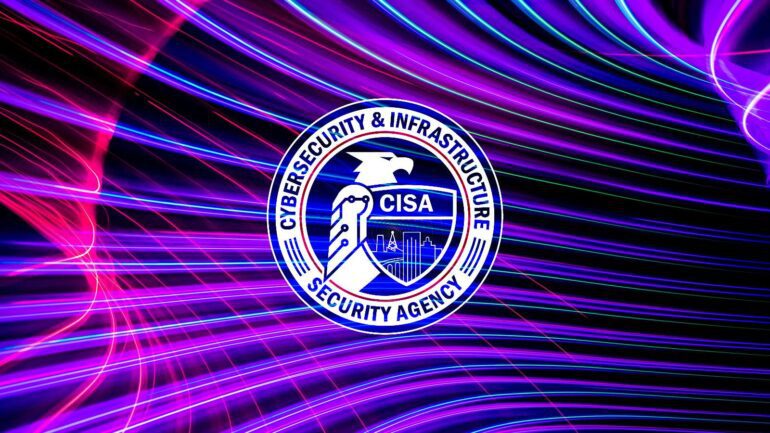TL;DR:
- CISA collaborates with ASD’s ACSC to release guidance on secure AI system usage.
- Multiple international agencies, including the FBI, NSA, UK’s NCSC-UK, CCCS, and others, support the initiative.
- The guidance addresses AI-related threats, such as data poisoning, input manipulation, and privacy concerns.
- It aims to empower AI system users with risk management strategies.
- CISA encourages AI system developers to explore “Guidelines for Secure AI System Development.”
Main AI News:
In a landmark collaboration, CISA has joined forces with the Australian Signals Directorate’s Australian Cyber Security Centre (ASD’s ACSC) to release comprehensive guidance on the secure utilization of artificial intelligence (AI) systems. Spearheaded by ACSC, this initiative has garnered support from several prominent organizations worldwide, reinforcing the commitment to safeguarding AI systems.
Among the notable collaborators in this endeavor are the Federal Bureau of Investigation (FBI), National Security Agency (NSA), United Kingdom (UK) National Cyber Security Centre (NCSC-UK), Canadian Centre for Cyber Security (CCCS), New Zealand National Cyber Security Centre (NCSC-NZ) and CERT NZ, Germany Federal Office for Information Security (BSI), Israel National Cyber Directorate (INCD), Japan National Center of Incident Readiness and Strategy for Cybersecurity (NISC) and the Secretariat of Science, Technology and Innovation Policy, Cabinet Office, Norway National Cyber Security Centre (NCSC-NO), Singapore Cyber Security Agency (CSA), and Sweden National Cybersecurity Center.
This collaborative guidance document equips AI system users with a comprehensive overview of the various threats associated with AI technology. Furthermore, it outlines actionable steps to effectively manage these risks while engaging with AI systems. The key threats addressed within this guidance encompass:
- Data Poisoning: Understanding the potential manipulation of data to compromise AI systems.
- Input Manipulation: Safeguarding AI systems against unauthorized changes in input data.
- Generative AI Hallucinations: Managing risks related to AI-generated content that may deceive or mislead.
- Privacy and Intellectual Property Threats: Protecting sensitive information and intellectual property from AI-related vulnerabilities.
- Model Stealing and Training Data Exfiltration: Addressing the risks associated with theft of AI models and training data.
- Re-identification of Anonymized Data: Ensuring the privacy of individuals in anonymized datasets is maintained.
While this guidance primarily targets AI system users, CISA also encourages developers of AI systems to explore the recently published “Guidelines for Secure AI System Development,” emphasizing a holistic approach to AI security.
This collaborative effort reflects a global commitment to fortify the foundations of AI technology, ensuring its responsible and secure integration into our increasingly digital world.
Conclusion:
This global collaboration signifies a concerted effort to bolster the security of AI systems. With support from major international agencies, the guidance ensures that AI users are equipped to mitigate various AI-related threats. This development underlines the growing emphasis on responsible and secure AI integration within the market, fostering confidence among businesses and consumers alike.

